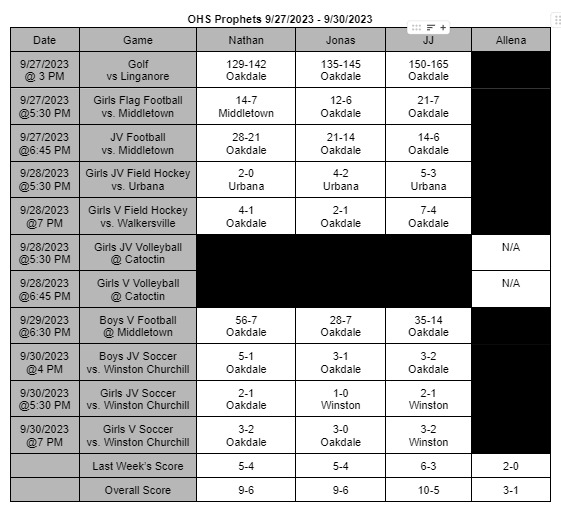While real Christmas trees started to be used in the 16th century, fake Christmas trees were introduced around the 1880’s. Between 25 and 30 million real Christmas trees are sold every year.
Fake Christmas trees can be better for families. Some reasons for this are allergies to real ones, pets that like to eat the tree and make a mess, or preferences to save money over the years. Fake trees can last at least ten years but it can also depend on if it’s properly cared for such as being cleaned and stored.
Freshman Kailey Hieatzman addressed why her family chose a fake one: “Because the real one is sap and the other we live in a town house so we don’t know where to put it.”

Fake trees can also be better as they can come in a variety of different colors such as: pink, blue, and a snow-white but there are also even more colors available or even a bare one without all the pines.
On the other hand, fake Christmas trees can be bad as they take up space in the house when they are not being used or they can become damaged and pieces can get lost or broken while they are being stored .
Real Christmas trees can turn into family traditions such as picking one out or carrying it to the car. While they can be easily recycled when done with them, since they are biodegradable, it is less likely to dump toxic chemicals into the ecosystem than leaving it at a landfill and the trees can be turned into products like mulch that continue to benefit nature.
Many people might like the smell that they bring inside the home. Kaitlan Wyatt, a senior at Oakdale, stated, “We have a real one because they smell good and it’s a tradition.” Real trees also help keep the air clean and they provide wildlife habitat.
But on the other side real Christmas trees can be a bad idea, as they can catch on fire if they are too dry and the needles that fall off the tree are hard to clean up. Also they need to be brought every year and that can lead to a challenge to find the perfect one.
When it comes to choosing a Christmas tree, It all comes down to what a family is looking for and how much a family is willing to spend or care for the tree.































